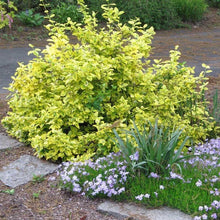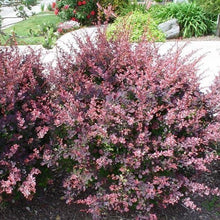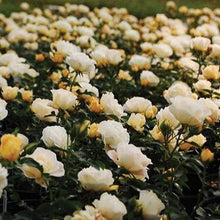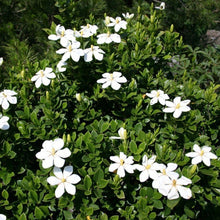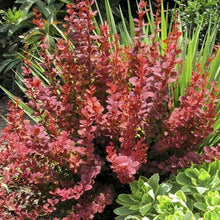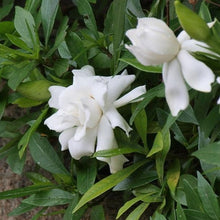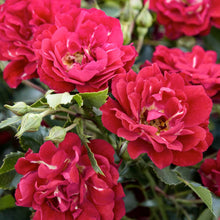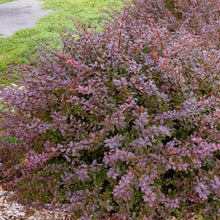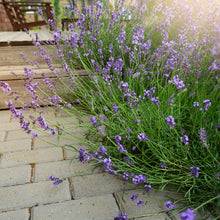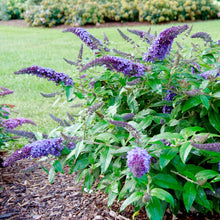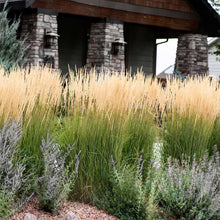Sort by: featured
Botanical Name
Category
- Azaleas
- Barberry
- Best Sellers
- Boxwood
- Butterfly Bushes
- Columnar
- Disease Resistant
- Drift Roses
- Dwarf Trees
- Encore Azaleas
- Euonymus
- Evergreen Shrubs
- Evergreen Trees
- Flowering Shrubs
- Flowering Trees
- Gardenias
- Gifts for Gardeners
- Groundcovers
- Hibiscus
- Hollies
- Holly Trees
- House & Patio
- House Plants
- Hydrangeas
- Insect Repellent Plants
- Juniper Trees
- Junipers
- Knock Out Rose Trees
- Knock Out Roses
- Loropetalum
- Low Maintenance
- Nandina
- Ornamental Grasses
- Others and Types
- Perennials
- Phlox
- Privacy Hedges
- Rose Bushes
- Salt Tolerant
- Shrubs
- Spirea
- Switch Grass
- Topiaries
- Trees
- Tropical Plants
- Vines
- Weigela
Mature Width
Soil Type
What are Shrubs?
Shrubs are synonymous with bushes. Generally they are small to medium perennial woody plants. Shrubs have multiple stems versus trees which usually have a single trunk. These plants can be deciduous or evergreen. There are types of shrubs that flower and those that don’t. Some produce seeds or berries. Bushes that are commonly grown in the landscape for decorative purposes are called ornamental shrubs. These plants vary in color, shape, and size. (We include some herbaceous plants like perennials, tropical plants, and herbs in this collection for ease of use.)
When to Plant Shrubs
The best time to plant most bushes in just about any climate is early spring. Fall is also a great time to plant shrubs, but cooler climates should plant at least 6 weeks before the ground freezes for best results. In warmer locations avoid summer, but embrace winter planting!
How to Plant Shrubs
Dig a hole twice the width of the root ball of your plant. Once placed in the hole the root ball should be slightly higher than the soil line. Fill the hole with water, backfill the hole with soil, and tamp the soil down gently with your hands to remove air pockets. Apply 1 to 2 inches of mulch around your plant and water again until the water begins to pool. Water daily for the first week and 2 to 3 times per week for the first 2 to 3 months while your shrub is establishing.
When to Prune Shrubs
You can trim bushes lightly anytime of the year especially if you are simply removing dead, broken, or diseased branches. Avoid pruning shrubs in mid to late fall because it stimulates new growth which is easily damaged by freezing temperatures. For most shrubs late winter or early spring is a good time for heavy pruning, but be sure to check the best time for your specific shrub. Some flowering shrubs like hydrangeas can bloom on old wood so pruning in winter or spring can remove flower buds. Plants that bloom on old wood should be pruned right after flowering.
What Shrubs are Deer Resistant?
Deer will eat almost any plant if it is the only option, especially in areas with heavy deer populations. Even deer resistant shrubs may still be a source of food for a hungry animal, predominantly the tender young growth, and flowers. As far as flowering shrubs, Butterfly Bush (Buddleia) and Barberry have the highest deer resistance ratings, with Viburnum (Snowball Bushes, etc), Abelia, Forsythia, Camellia, Lilac, Beautyberry, and Rose of Sharon Hibiscus following close behind. Boxwood shrubs, Juniper shrubs, Mugo Pine, and most Holly bushes are deer resistant evergreen shrubs. Deer also tend to avoid flowering broadleaf evergreen shrubs, Distylium, Japanese Pieris, and Ligustrum. A bonus is that all of these are low maintenance shrubs.
What are the Best Shrubs for Shade?
Shade loving flowering shrubs include Azaleas, Hydrangeas, Snowball Bushes (Viburnum) and Camellias. Boxwoods, Camellias, Azaleas, Distylium, and many Hollies and Junipers are evergreen plants that can grow in part shade. Gold Dust Aucuba, Pieris Mountain Fire, Green Mountain Boxwood, Japanese Plum Yew, and Hicks Yew are evergreen shrubs for full shade.
What are the Fastest Growing Privacy Shrubs?
Wax Myrtles can grow 3 to 5 feet in one year. Nellie Stevens Holly, Oakland Holly, and Wavy Leaf Ligustrum can grow 2 to 3 feet per year. Some varieties of Nandina and Camellia can grow 1 to 2 feet per year. Dwarf shrubs tend to grow slower than standard and large shrubs.
What the Best Small Shrubs?
Check out the Blue Pacific Juniper, Blue Star Juniper, Purple Pixie Loropetalum, Nandina Flirt, Dwarf English Boxwood, Soft Touch Holly, and Mr Bowling Ball Arborvitae for dwarf evergreen shrubs. For low growing shrubs, look to Liriope, Dianthus, Drift Roses, and Creeping and groundcover Juniper. There are tons of dwarf flowering shrub options. Some of our favorites are Encore Azaleas, Daruma Loropetalum, Gold Mound Spirea, Fine Wine Weigela, Let’s Dance Hydrangeas, Kleim’s Hardy Gardenia, Kaleidoscope Abelia, and Low and Behold Ice Chip Butterfly Bush. All of these bushes grow to 3 feet or less at maturity! (Some of the Encore Azaleas get a bit bigger, but they have several that stay at 2 to 3 feet tall)
Browse thru the best selections of Shrubs at our online plant nursery including our amazing Evergreen shrubs and Flowering shrubs.


